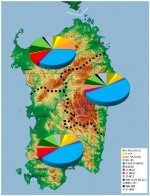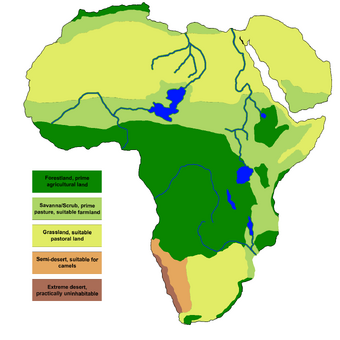It is undeniable that between Neolithic and Bronze there are many contacts between Sardinia and Tuscany. The access route to Sardinia were the islands of the Tuscan archipelago leading to Corsica and from Corsica to Sardinia. Then certainly the phenomenon of the Bell Beaker that characterized in particular northern Italy has extensions up to the border between Liguria and north-west Tuscany, and then also in other areas of Tuscany that then will be typically Etruscan.
The presence of J2b2a-L283 between the Etruscans and the Nuragics confirms, in my opinion, the important relations over the centuries between the two areas. The differentiation occurs more with the final Bronze Age when in Etruria the proto-Villanovan arrives and is instead absent in Sardinia.
This paper is full of mistakes, Cato, and like all papers based on modern samples it is full of unproven conclusions. The skills of the geneticists of the University of Pavia are really poor, as they have repeatedly demonstrated.
For example, there is no sample from Pisa, it is always the same sample of 113 individuals from Volterra (which is located in the province of Pisa), analyzed by both Grugni and Di Cristofaro, but the latter analyzed less deeply the Y-DNA and labelled it as from Pisa, so we're at the paradox that the same sample gives different results. The very serious thing, and this reveals how Grugni is not very credible, is that she considers it two separate samples in the analysis when in reality they are the same sample. Modern Tuscan samples in this paper are the usual three that have been analyzed for at least 15 years: Volterra (Pisa), Casentino (Arezzo) and Murlo (Siena).
Indeed.



